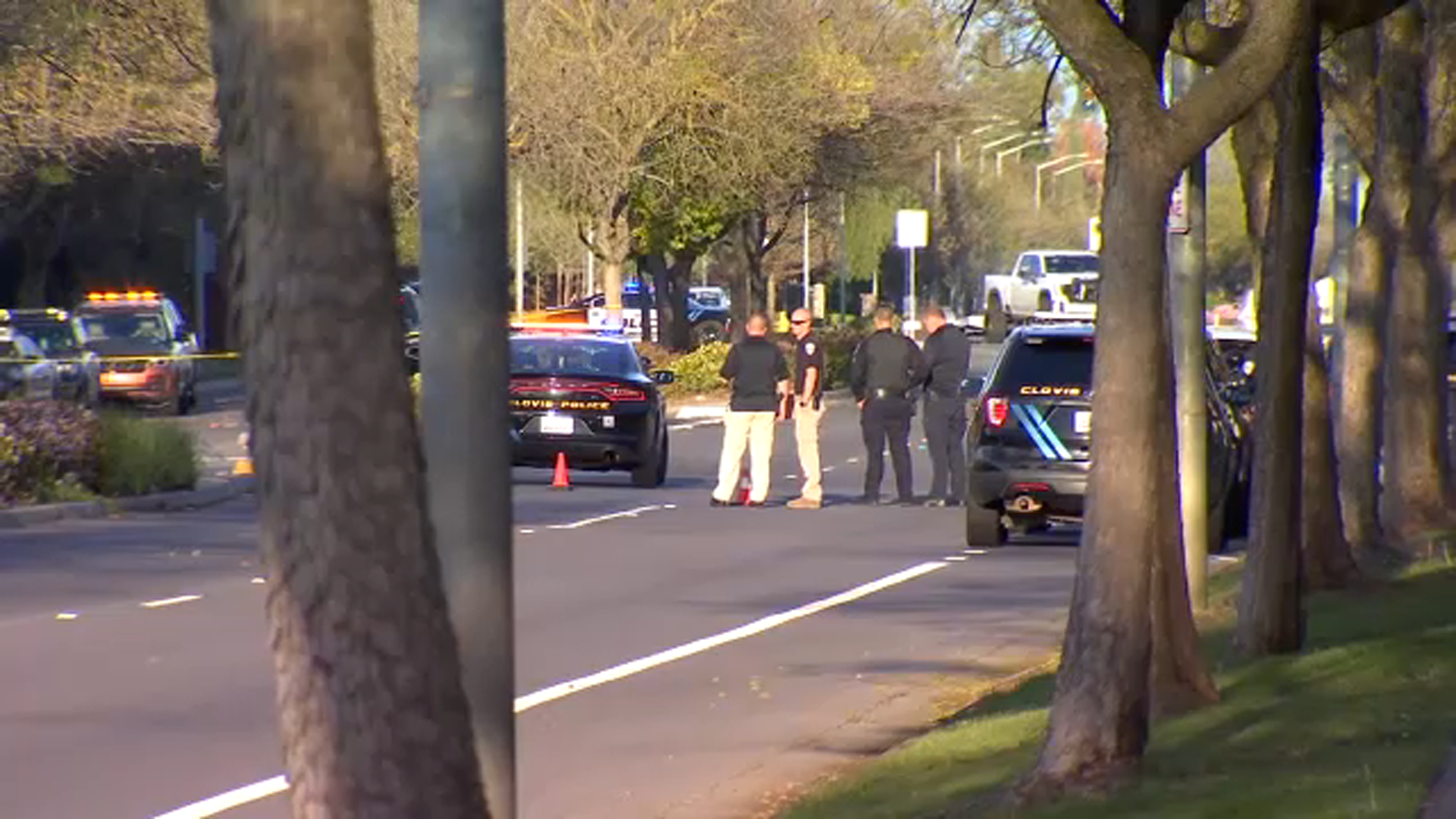Health Watch: FibroScan Measures Liver Disease

BALTIMORE (KFSN) -- Thirty million Americans, or one in 10, have some form of liver disease. It could be scarring from a hepatitis C infection, cirrhosis or even liver cancer. Doctors are now using a new, non-invasive method to measure liver disease.
Rodney Reamer is a hairstylist, so every night Mikey and Lucy reap the benefits. Right now, he's easing back into work. Thirty years of battling hepatitis C took its toll.
Reamer told Ivanhoe, "I knew something was eventually going to happen to my liver. It just depended on when. It wasn't if, it was going to be when."
Scarring or fibrosis can be progressive.
Paul Thuluvath, MD, FRCP, Director of the Institute of Digestive Health & Liver Disease at Mercy Medical Center in Baltimore, Maryland and Professor of Medicine & Surgery at the University Of Maryland School Of Medicine told Ivanhoe, "There is a risk of that person developing cancer."
Four years ago, doctors diagnosed Rodney with liver cancer. Chemotherapy and transplant surgery wiped him out.
Reamer said, "When I went to the hospital I knew I had, at best, a 50/50 shot of coming out."
Rodney beat the odds, but doctors will need to monitor his liver for the rest of his life.
Dr. Thuluvath explained, "The conventional test is a liver biopsy. It is safe. It can be done under local anesthesia, but it is an invasive test."
Instead, Dr. Thuluvath is using a new non-invasive method to monitor scarring. The FibroScan works like an ultrasound. Doctors place the tip of a wand at a precise point on the patient's side. Sound waves measure the stiffness of the liver; the harder the liver, the more serious the scarring.
After years of procedures for Rodney, a no-needle option keeps him moving toward recovery.
The FibroScan test takes about five to 10 minutes, and the results are immediate. Dr. Thuluvath says a liver biopsy is still the gold standard for assessing fibrosis; however, he says the FibroScan test in combination with blood work may help doctors determine which patients can be excluded from regular biopsies.











